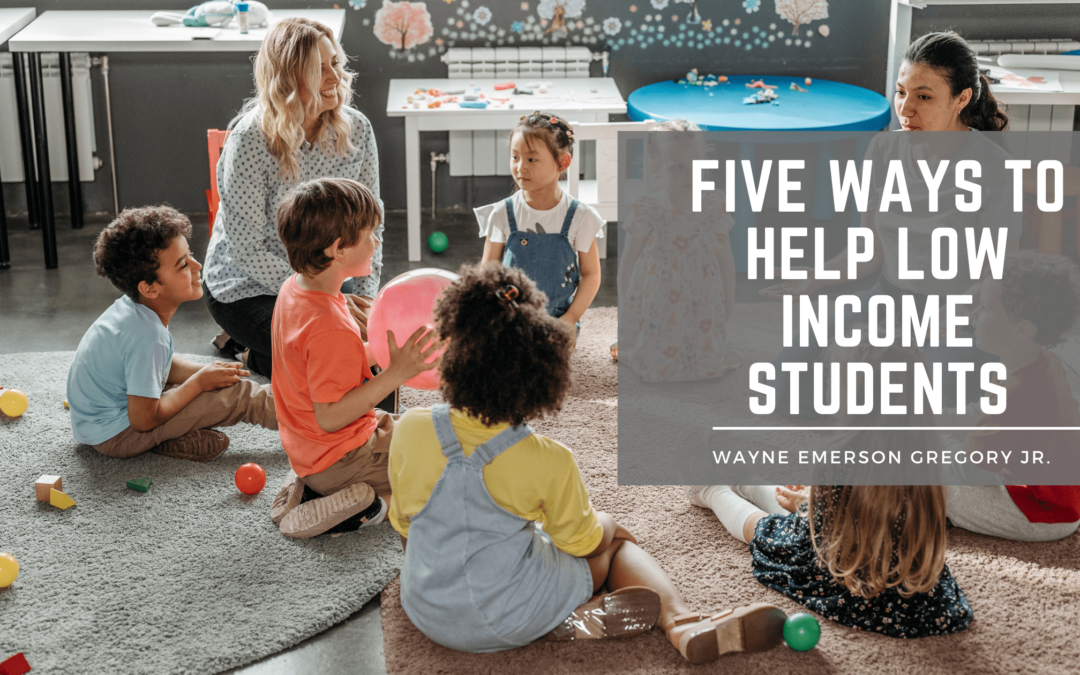One thing not talked about in schools is the number of students living below the poverty line. It is a problem because these students have difficulty focusing and learning because their needs are not appropriately met. For these students to succeed, funding for low-income education must be increased. Besides having more budget, there are also many ways schools can help improve low-income students’ mental health and physical well-being and help them with their literacy levels. This article aims to discuss the issues of low-income students’ problems in schools and how schools can help them.
1. Targeted Funds
One of the best ways to help low-income students is to give them targeted funds. When funding is allocated to these students, they will have the money they need to pay for their school supplies and enough money to purchase nutritious food, such as fruit and vegetables. For most low-income students, their schools do not have enough funding for their food and therefore are provided with minimal or no nutritional food for lunch. It makes it difficult for them to achieve their best performance in school and helps their overall health.
2. Mental Health Programs
Another way schools and teachers can help low-income students succeed is by providing them with mental health programs. These programs can help students develop a stronger relationship and support system with their teachers, so they do not feel overwhelmed or neglected by their parents. These programs also help them gain positive self-esteem and realize that they have many strengths like all other students.
3. Food Coupons
Another way low-income students can be helped is by providing coupons for school lunches. These coupons will allow them to pay for their food and not worry about paying for their lunch independently. It will also reduce these students’ struggle when purchasing a healthy meal.
4. Lesson Plans
Another way teachers and schools can help low-income students is by creating lesson plans that are more relevant to their needs. Some teachers may make these students participate in activities they are not interested in. Still, if these activities are more relevant to their interests, the lesson will be more exciting and exciting for them. Teachers can also create tasks they want to learn and be better prepared for the future.
5. Extracurricular Activities
Another way schools can help low-income students is by providing them with extracurricular activities. Extracurricular activities can provide students with many different benefits. These benefits include reducing the stress in their lives and the chance of getting involved in extracurricular activities where there are other students from diverse backgrounds.
Conclusion
There are many ways schools and teachers can help students living below the poverty line. The five ways discussed above are just a few examples of how you can help a low-income student succeed in school.

